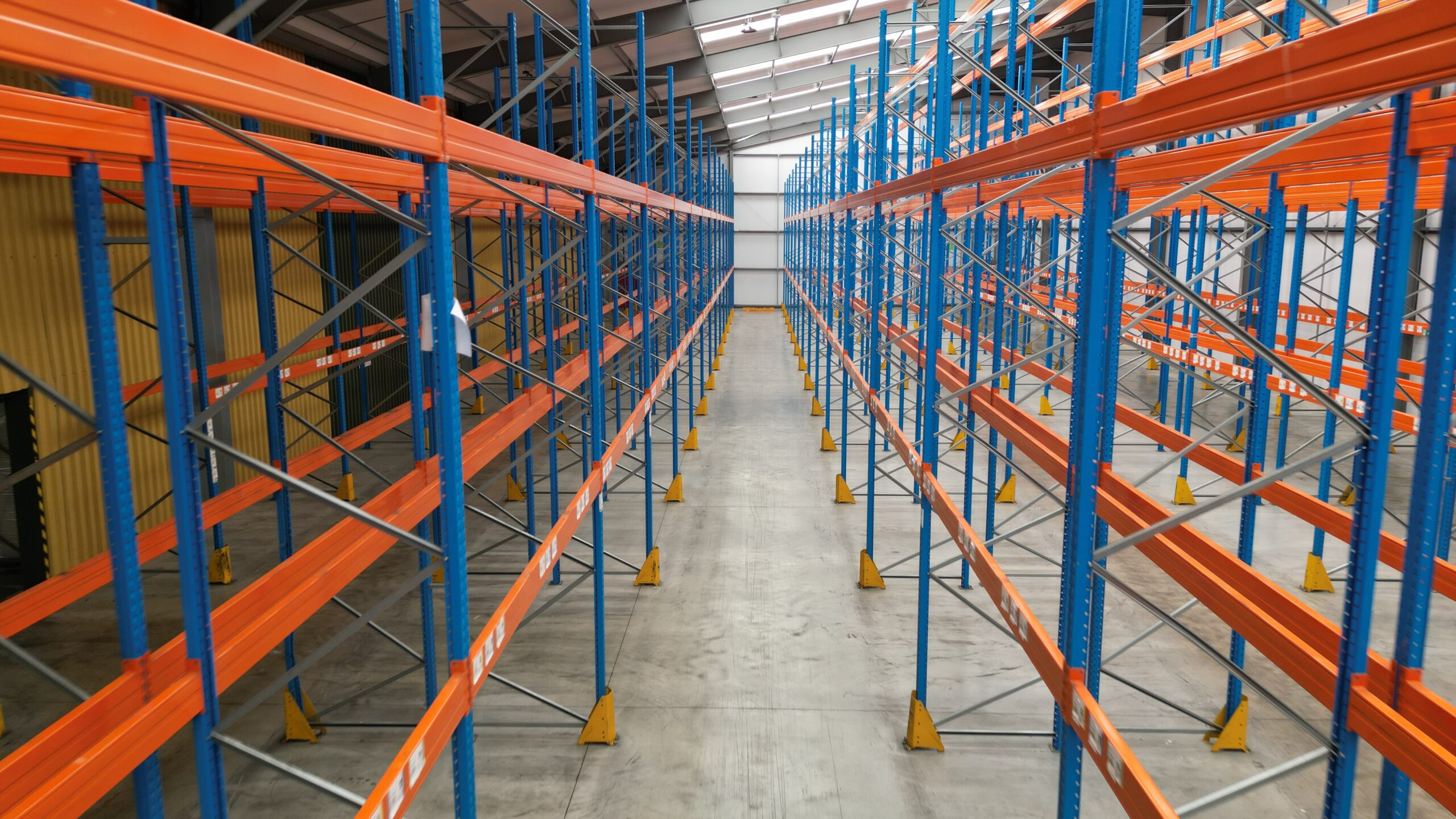
The end of the de minimis threshold: What ecommerce sellers need to know
If you sell online into the U.S., you’re definitely familiar with ‘de minimis’. Until recently, it was one of the most generous customs exemptions in the world, allowing goods under $800 to enter America duty-free. This kept cross-border selling relatively simple, especially for businesses with small or growing ecommerce operations.
That all changed on 29th of August 2025, when the U.S. government ended the de minimis threshold entirely. From then on, every shipment into the U.S. is subject to assessment for customs duties, tariffs, and clearance – regardless of its value. A six-month transition arrangement allows certain postal operators to use flat fees while systems and processes adjust.
There’s a lot to unpack, especially for those who work in fulfilment. And things could continue to change. So, we’re going to break down what’s happening now, why it matters, and how businesses can adapt.
Let’s get into it.
What was the de minimis threshold?
Until August 2025, the de minimis exemption allowed shipments valued under $800 to enter the U.S. without duty or tax. This is comparatively generous – for example, the UK’s threshold is £135.
From 29th of August 2025, parcels entering the U.S. are subject to customs assessment and potential duties and/or tariffs regardless of value. During a six-month transition, postal shippers may use flat fees in lieu of ad-valorem duties while systems adapt.
Parcels may attract duties, taxes and carrier handling fees; exact liability depends on HS codex and origin.
How have the de minimis changes impacted global shipping?
The impact was noticeable almost immediately. The Universal Postal Union reported that international postal traffic to the U.S. dropped by roughly 80% in the first days after enforcement began. The Times described it as a major shift for exporters, requiring additional customs declarations and consideration of courier and landed costs.
What does this mean for small businesses?
Importantly, the transition is a policy change, not an insurmountable barrier. There are just a few new considerations and adjustments for businesses selling into the US.
Higher costs for buyers
A product of any value may now carry tariffs, courier fees, and administrative charges. Businesses are deciding whether to absorb costs or pass them on to customers.
Remember that a short transition period exists and that duty exposure is specific to the product’s Harmonised System (HS) code and country of origin — two factors you should confirm for each SKU.
Returns and logistics
Reclaiming duties on returns is possible, but procedures for reclaiming could be administratively heavier than before and will vary by carrier and authority. Research and planning for your returns workflow is important.
Customer experience
Processes and timescales for deliveries and returns may change, so retailers need to make sure they’re accounting for this in their operations – and, ultimately, customers need to have their expectations set accordingly.
What should Shopify and marketplace sellers do to respond to de minimis changes?
Although the changes may feel daunting, there are practical steps to manage them effectively:
Be transparent about total landed cost
Clearly display estimates of duties, tariffs, and taxes on product pages and at checkout.
Adopt Delivered Duties Paid (DDP) shipping
DDP calculates and collects duties and tariffs at checkout, allowing the brand to pay customs directly.
With DDP, customers see the total cost upfront, and parcels are more likely to arrive without additional courier fees or delays.
Review return policies
Edit policies to make sure they set expectations. Communicate how duties on returns will be handled to set customer expectations.
Segment markets
Consider separate fulfilment strategies for the U.S. versus other regions to optimise delivery times and costs.
Stay informed
Tariff rates differ by product and origin. Plus, at the moment, the landscape is often changing. Ensure you’re up to speed and check the HS codes relevant to your products.
Pick the right partners
Well, of course we’ll say this. But it’s crucial that brands, especially those new to ecommerce, work with third parties who know the lay of the land. Whether it’s ecommerce, fulfilment, shipping operations or post-purchase customer care; your supporting agency should be your on-hand experts.
By taking proactive steps, businesses can turn potential challenges into opportunities for better customer experiences and operational efficiency.
Where IV Creative can help
At IV Creative, we help small and growing businesses navigate ecommerce with confidence – regardless of whether they’re setting up online for the first time, or whether they’re a seasoned e-seller. From Shopify setup and optimisation to marketplace expansion and international strategy, we make sure your systems are ready so changes like the end of de minimis don’t create friction.
If you’re considering how to adapt your ecommerce setup for the U.S. market, or want to explore DDP shipping, we’d love to help.
Click here to chat to our experts about fulfilment.
Note for readers: At the time of publishing, information was checked for accuracy. Our blogs aren’t a substitute for tailored, professional advice, so please consult an expert for guidance specific to your business.



